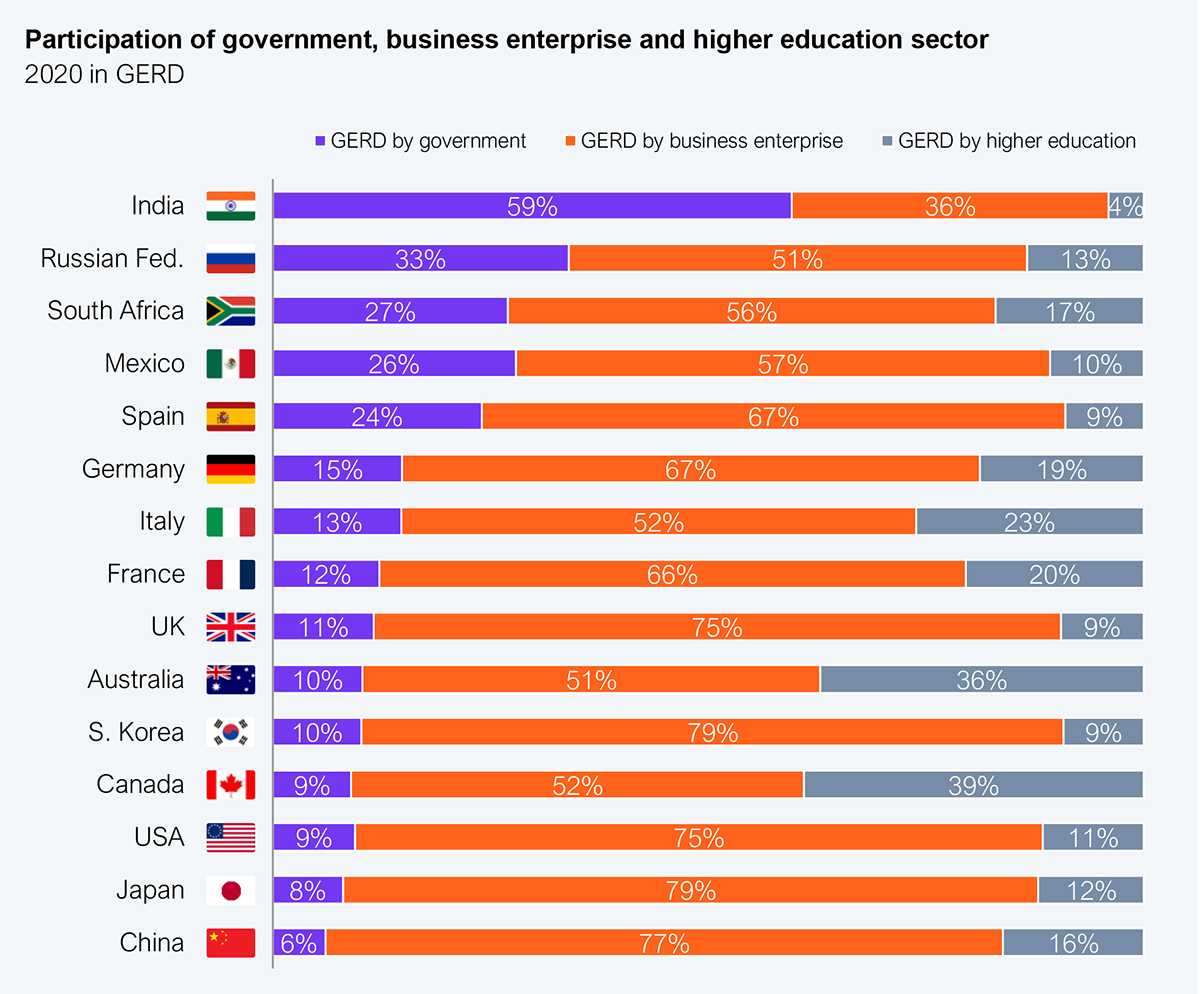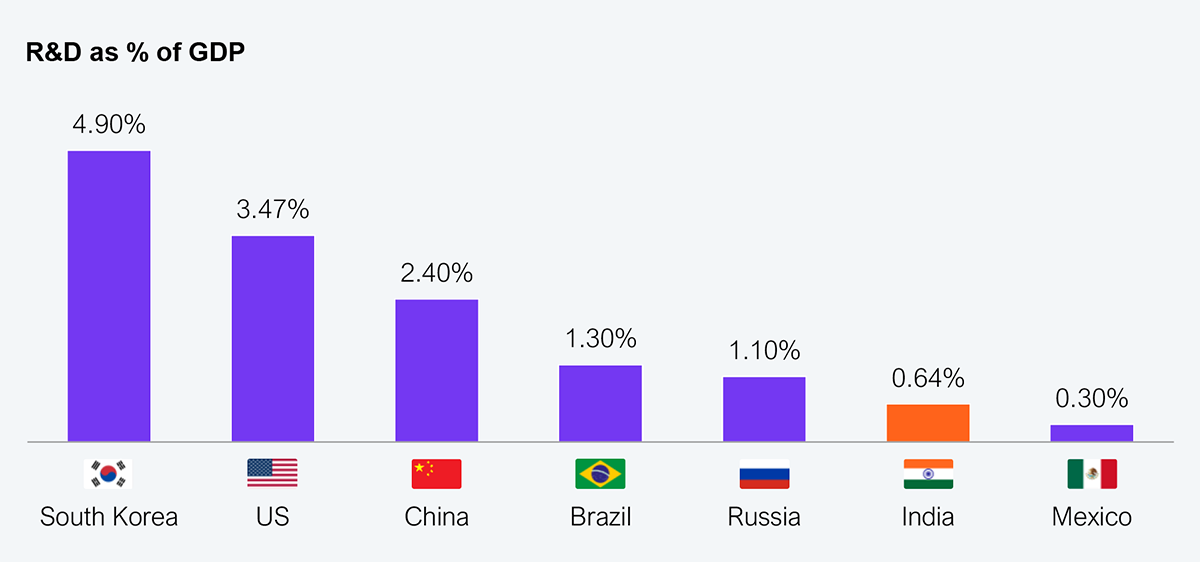We will soon publish the HFS Semiconductor Horizon 2025 report, which identifies a gap between industry players and academia in India. While this gap is not unexpected, its continued existence is a strategic weakness. Large companies, particularly in IT services, emphasize low-risk delivery rather than co-creating through collaborations.
Despite spending billions, even giants such as Reliance, Tata, and Mahindra find it hard to form genuine partnerships with global universities. This highlights a larger issue: Indian businesses are not fully utilizing academia in the innovation process, from research to commercialization.
Global companies often collaborate with research centres and universities to make their products commercially viable. Indian business leaders who fail to do the same will fall behind in technologies such as AI hardware and semiconductor design.
India will fall behind if enterprises and academia do not collaborate, invest, and co-invent. But this can’t happen without a stronger national innovation framework. Government policy, public funding, and private enterprise priorities must align for sustained collaboration.
The contrast is striking: As per India’s official R&D Statistics at a Glance 2022–23, 59% of the country’s expenditure on ‘Gross Domestic Expenditure on Research and Development’ (GERD) is from the government and universities, whereas private industries provide only 36%. Contrast this with advanced economies such as the US, China, Japan, and South Korea, where businesses provide over 70% of GERD (see Exhibit 1).

Source: Research and development statistics at a glance 2022-23, HFS Research, 2025
Lacking real skin in the game by India’s large businesses outside IT and pharma, academic innovation usually never reaches the market from labs. R&D statistics show India invested 0.64% of its GDP toward R&D during 2020–21, whereas the majority of the developed nations had expended over 3% of their Gross Domestic Product (GDP) on R&D (see Exhibit 2).

Source: Research and development statistics at a glance 2022-23, HFS Research, 2025
The barriers holding back India’s innovation ambitions are not complicated but deeply entrenched.
Combined, these hurdles slow innovation and confine it. Enterprise leaders must take ownership. If Indian businesses want to climb the value chain, they need to dismantle these internal barriers, co-own risk, and forge academic partnerships that can convert lab research into real markets. Otherwise, India will fall behind, not just in AI hardware or semiconductors, but as a credible player in future tech ecosystems.
Without genuine co-innovation, India misses the opportunity to leapfrog to more valuable technology. Outsourcing margins dwindle as competitors in China, South Korea, and Vietnam perform deeper, cheaper, and faster innovation. Exhibit 3 shows a few examples of success stories of industry-academia partnerships.

Source: HFS Research, 2025
If India doesn’t begin to build its own technology through shared R&D and academic partnerships, it will always be a follower. Similarly, global clients must evaluate their partners not just on execution but also on innovation maturity.
Enterprises must invest at least 5% of R&D in actual academic collaborations, reduce legacy legal barriers through shared IP frameworks, and incentivize co-created patents and commercialization success rather than short-term margins. Universities need to concentrate research visibility and construct translational labs that translate papers into products. Policymakers must make collaboration profitable through larger tax breaks and grants and focus on applied research that delivers industry-relevant solutions.
Register now for immediate access of HFS' research, data and forward looking trends.
Get StartedIf you don't have an account, Register here |
Register now for immediate access of HFS' research, data and forward looking trends.
Get Started